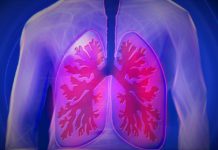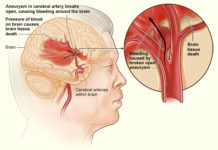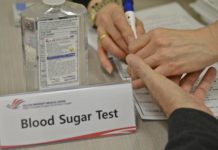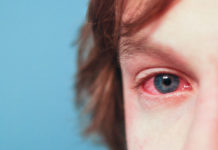
Study compared the effectiveness and side effects of amphetamines (including lisdexamfetamine), atomoxetine, bupropion, clonidine, guanfacine, methylphenidate, and modafinil
Of the drugs available for attention-deficit hyperactivity disorder (ADHD), the most effective and safe for short-term treatment is methylphenidate for children, and amphetamines for adults. These are the findings of the most comprehensive evidence yet from a network meta-analysis and systematic review comparing the effectiveness and safety of seven ADHD drugs against placebo. The study has been published in The Lancet Psychiatry journal.
The study compared the effectiveness and side effects of amphetamines (including lisdexamfetamine), atomoxetine, bupropion, clonidine, guanfacine, methylphenidate, and modafinil with each other or with placebo over 12 weeks of treatment. However, more research to confirm longer term effects of ADHD medications is urgently needed.
Although they are commonly prescribed for people with ADHD, the study did not include antipsychotic drugs or antidepressants as they do not treat ADHD core symptoms. The study also does not include psychological therapies used for ADHD, but the authors say that these should be regularly discussed with people with ADHD and their family members or carers. If possible, they should be offered before ADHD medications, especially for children and adolescents.
“Medication can be an important tool for people with ADHD, and our study illustrates that in the short term, these can be effective and safe treatment options for children, adolescents and adults,” says Dr Andrea Cipriani, University of Oxford, UK.
ADHD is estimated to affect 5% of school-age children and 2.5% of adults worldwide. Population level incidence figures for ADHD are not available in India.
He added: “It’s important to note that the data available only allow us to compare the effectiveness at 12 weeks, when we know that both children and adults can be on these medications for longer. More research is needed into the long-term effects of medication. Environmental modifications – such as changes made to minimise the impact of ADHD in day-to-day living – and non-pharmacological therapies should be considered first in ADHD treatment, but for people who require drug treatments, our study finds that methylphenidate should be the first drug offered for children and adolescents, and amphetamines should be the first drug offered for adults.”
ADHD is estimated to affect 5% of school-age children and 2.5% of adults worldwide. The disorder is characterised by age-inappropriate levels of inattention, hyperactivity or impulsivity, or all of these. The annual costs associated with ADHD are substantial in many countries. Population level incidence figures for ADHD are not available in India.
ADHD medications are not a permanent cure for ADHD but may help patients concentrate better, be less impulsive, feel calmer, and learn and practice new skills. Treatment breaks are occasionally recommended to assess whether the medication is still needed, but the treatment for ADHD can be taken for periods longer than 12 weeks.
Currently, the UK National Institute for Health and Care Excellence (NICE) recommends methylphenidate as first-line drug treatment in children and adolescents (with lisdexamfetamine as the second option, and atomoxetine or guanfacine recommended as third-line drugs), and recommend methylphenidate and lisdexamfetamine as first choices in adults. Other guidelines in Europe recommend psychostimulants as first-line treatment without any distinction between methylphenidate and amphetamines being made.









I every time used to study paragraph in news papers but
now as I am a user of web so from now I am using net for articles
or reviews, thanks to web.
Comments are closed.